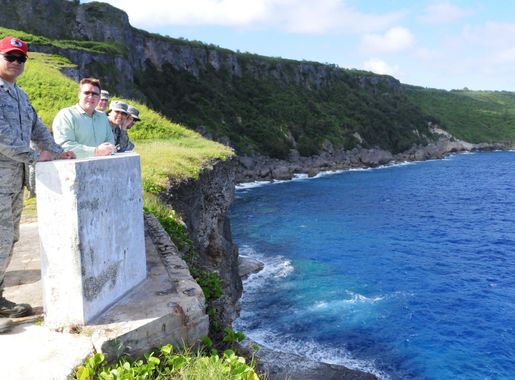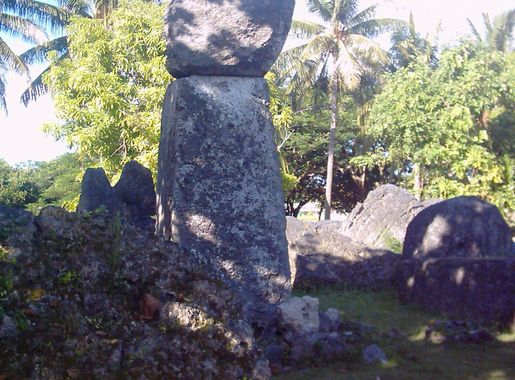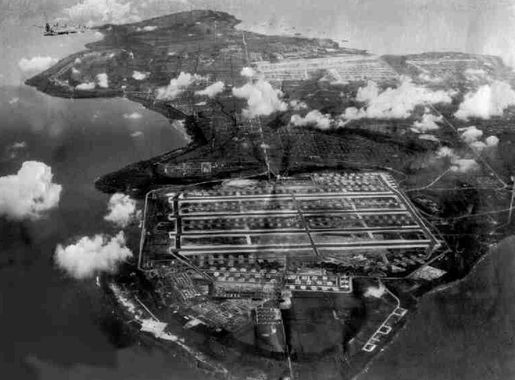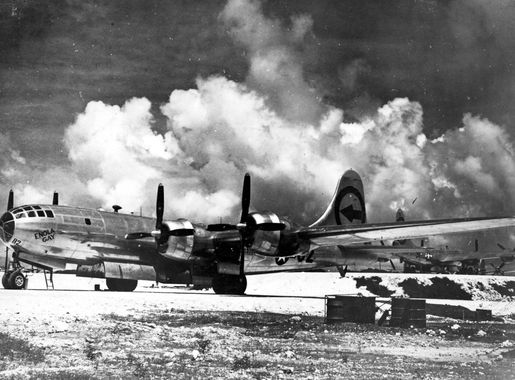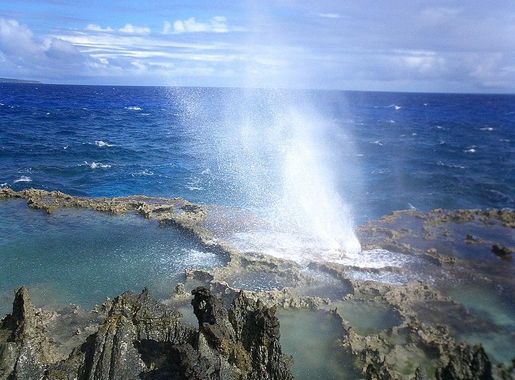
Tinian Island: A Hidden Gem in the Northern Mariana Islands
Discover Tinian Island: A serene paradise in the Northern Mariana Islands, offering pristine beaches, rich history, and vibrant marine life.
Tinian Island, located in the Northern Mariana Islands, is a serene paradise known for its crystal-clear waters, lush greenery, and rich history. This small island offers a unique blend of natural beauty and historical significance, making it a must-visit for tourists seeking both relaxation and adventure. One of the main attractions on Tinian Island is the stunning Taga Beach. This pristine beach is perfect for sunbathing, swimming, and snorkeling. The gentle waves and soft sands make it an ideal spot for families and solo travelers alike. Nearby, you'll find the House of Taga, an ancient site with large stone pillars that are believed to be remnants of a historical Chamorro settlement. For history enthusiasts, Tinian Island holds a significant place in World War II history. The island was a major military base during the war, and visitors can explore the North Field, where the Enola Gay took off for the atomic bomb mission over Hiroshima. The island also has several war memorials and historical sites that offer a glimpse into its past. Nature lovers will appreciate the island's diverse landscapes, from tropical forests to rugged coastlines. Hiking trails and scenic viewpoints offer breathtaking vistas of the island and the surrounding ocean. Scuba diving and snorkeling are popular activities, with vibrant coral reefs and marine life waiting to be discovered. Tinian Island is also known for its warm and welcoming locals. The island's small population ensures a friendly and intimate atmosphere, making visitors feel right at home. Local cuisine, featuring fresh seafood and traditional Chamorro dishes, is another highlight of any visit to Tinian.
Local tips in Tinian Island
- Visit the House of Taga early in the morning to avoid crowds and enjoy the site in peace.
- Bring reef-safe sunscreen to protect the coral reefs while snorkeling.
- Rent a bicycle to explore the island at your own pace and discover hidden gems.
- Try the local seafood dishes, especially the fresh fish and coconut crab.
- Respect local customs and traditions, and always ask for permission before taking photos of locals.
Tinian Island: A Hidden Gem in the Northern Mariana Islands
Tinian Island, located in the Northern Mariana Islands, is a serene paradise known for its crystal-clear waters, lush greenery, and rich history. This small island offers a unique blend of natural beauty and historical significance, making it a must-visit for tourists seeking both relaxation and adventure. One of the main attractions on Tinian Island is the stunning Taga Beach. This pristine beach is perfect for sunbathing, swimming, and snorkeling. The gentle waves and soft sands make it an ideal spot for families and solo travelers alike. Nearby, you'll find the House of Taga, an ancient site with large stone pillars that are believed to be remnants of a historical Chamorro settlement. For history enthusiasts, Tinian Island holds a significant place in World War II history. The island was a major military base during the war, and visitors can explore the North Field, where the Enola Gay took off for the atomic bomb mission over Hiroshima. The island also has several war memorials and historical sites that offer a glimpse into its past. Nature lovers will appreciate the island's diverse landscapes, from tropical forests to rugged coastlines. Hiking trails and scenic viewpoints offer breathtaking vistas of the island and the surrounding ocean. Scuba diving and snorkeling are popular activities, with vibrant coral reefs and marine life waiting to be discovered. Tinian Island is also known for its warm and welcoming locals. The island's small population ensures a friendly and intimate atmosphere, making visitors feel right at home. Local cuisine, featuring fresh seafood and traditional Chamorro dishes, is another highlight of any visit to Tinian.
When is the best time to go to Tinian Island?
Iconic landmarks you can’t miss
Taga Beach
Experience the pristine beauty of Taga Beach, a hidden gem in Tinian featuring crystal-clear waters and untouched white sands ideal for relaxation and exploration.

Tinian
Discover Tinian Island, a serene paradise in the Northern Mariana Islands, rich in history and natural beauty, perfect for relaxation and exploration.
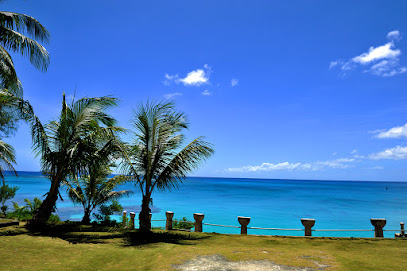
House of Taga
Explore the House of Taga, a monumental site showcasing ancient Chamorro heritage and stunning latte stones in the heart of Tinian's lush landscapes.
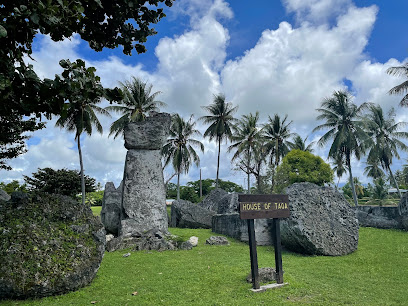
Chulu Beach
Discover the tranquility and natural beauty of Chulu Beach, a hidden gem in Tinian perfect for relaxation and snorkeling adventures.
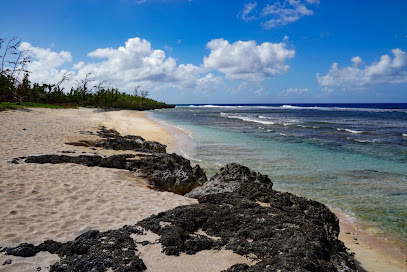
Old Man By The Sea
Discover the tranquil beauty of Old Man By The Sea in Saipan, a perfect beach for relaxation and adventure amidst stunning tropical scenery.
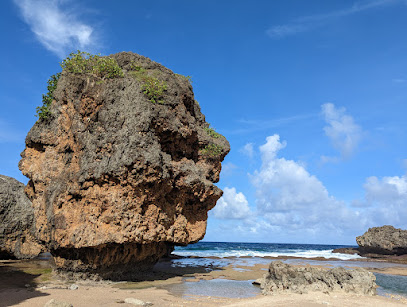
Kammer Beach
Discover the tranquil beauty of Kammer Beach, a serene public beach in Tinian, Northern Mariana Islands, perfect for relaxation and adventure.
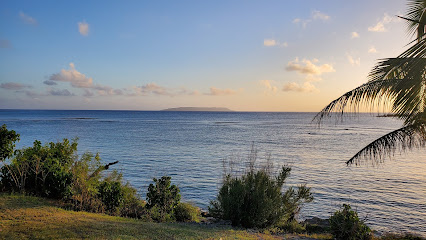
No 1 Bomb Loading Pit
Discover the No 1 Bomb Loading Pit in Tinian, a historical landmark that reveals the island's crucial role in World War II's Pacific operations.
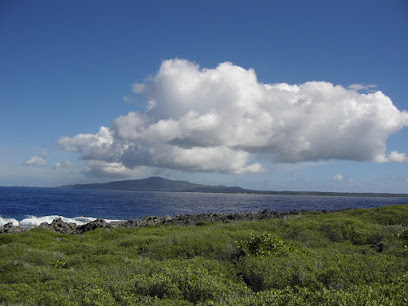
Tachogna Beach
Discover the serene beauty of Tachogna Beach in Tinian, a tranquil paradise perfect for relaxation, swimming, and enjoying nature's splendor.
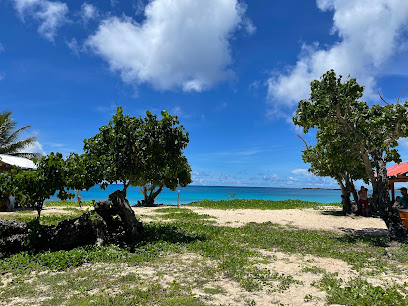
Limestone forest trail
Discover the serene beauty of the Limestone Forest Trail in Tinian, a nature preserve perfect for hiking, wildlife spotting, and photography.

한국인 기념탑 Korean Memorial
Explore the Korean Memorial in Tinian, a profound tribute to the bravery of Korean War veterans, set in a tranquil and reflective ambiance.
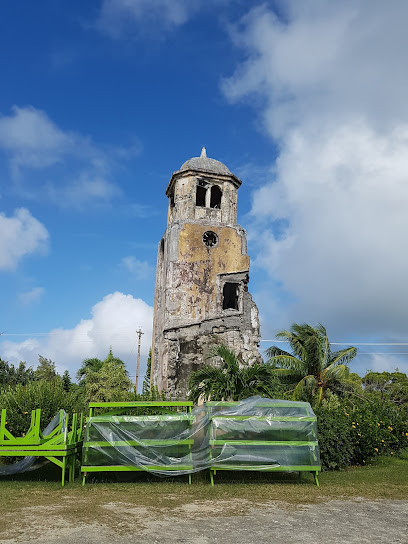
Japanese Communications Center
Explore the Japanese Communications Center in Tinian, a historical landmark reflecting the island's captivating past and strategic significance during World War II.
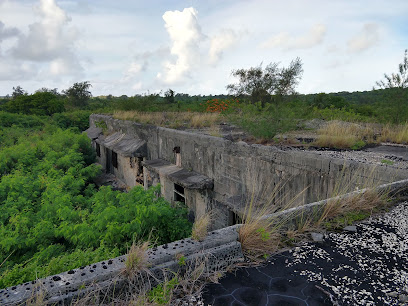
Tinian Grotto
Discover Tinian Grotto, a breathtaking hiking and swimming hotspot in the Northern Mariana Islands, offering stunning views and rich cultural history.
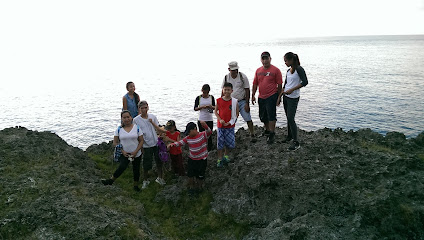
SeaBee Memorial
Explore the SeaBee Memorial in Tinian, a poignant tribute to the US Naval Construction Battalions, surrounded by serene beauty and rich history.
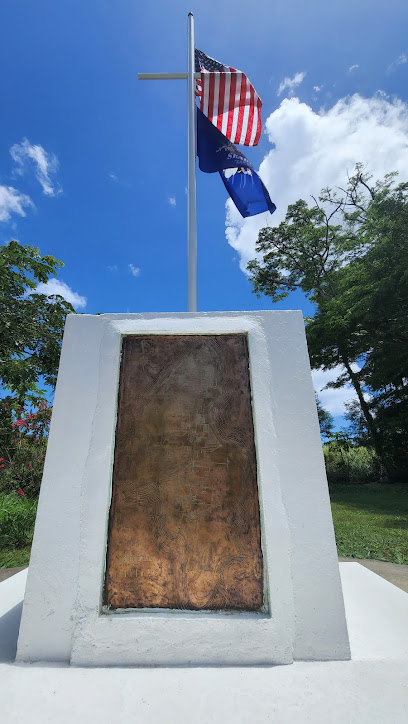
Air Administration Building
Discover the Air Administration Building, a historical landmark on Tinian that offers insight into WWII history amidst stunning island scenery.
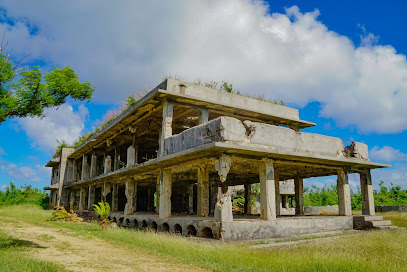
Marine Beach
Experience the tranquil beauty of Marine Beach, a hidden paradise on Tinian, where soft sands and crystal-clear waters await your exploration.
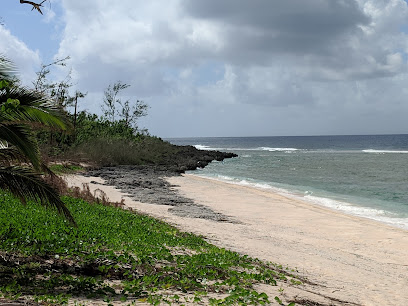
Unmissable attractions to see
Banzai Cliff Monument
Explore the breathtaking Banzai Cliff Monument in Saipan, where history meets stunning natural beauty and unforgettable ocean views.
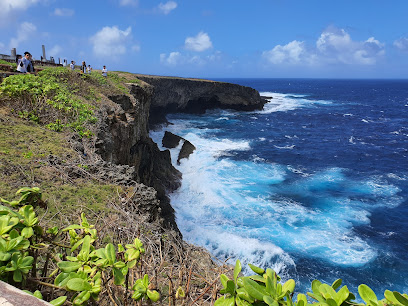
Bird Island Beach
Discover the tranquility and natural beauty of Bird Island Beach in Saipan, a hidden gem perfect for relaxation and aquatic adventures.
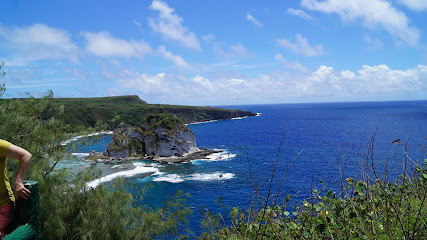
Chulu Beach
Discover the tranquil beauty of Chulu Beach in Tinian, a perfect escape for relaxation, snorkeling, and stunning sunsets on your next tropical getaway.
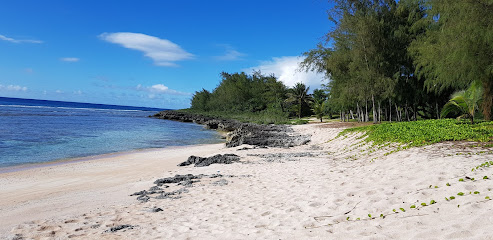
Santa Lourdes Shrine
Experience the tranquility and beauty of Santa Lourdes Shrine, a serene place of worship in Saipan, Northern Mariana Islands, perfect for reflection and appreciation.
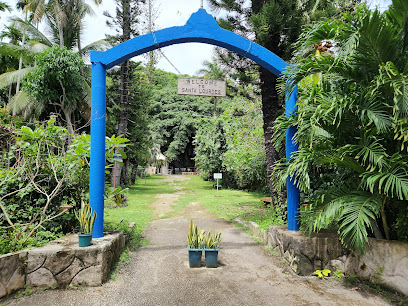
No 1 Bomb Loading Pit
Visit the No 1 Bomb Loading Pit on Tinian, a vital historical site reminding us of World War II's legacy amidst stunning island scenery.
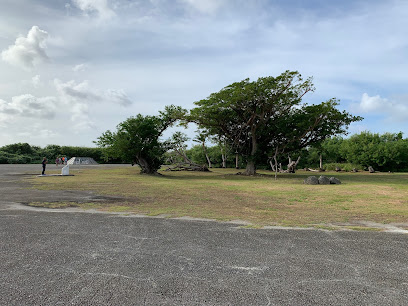
Dragon Tail Beach
Experience the tranquility and natural beauty of Dragon Tail Beach in Saipan, a perfect escape for sunbathers and nature lovers alike.
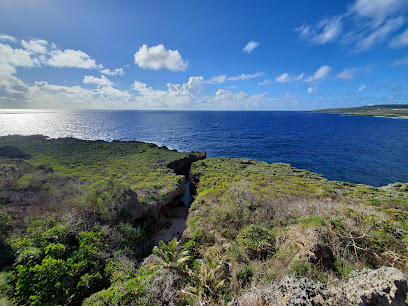
한국인 기념탑 Korean Memorial
Explore the rich history of Korean soldiers at the Korean Memorial in Tinian, a poignant tribute filled with stories of courage and sacrifice.

Japanese Communications Center
Discover Tinian's rich history at the Japanese Communications Center, a key World War II landmark offering insights into military operations and local culture.
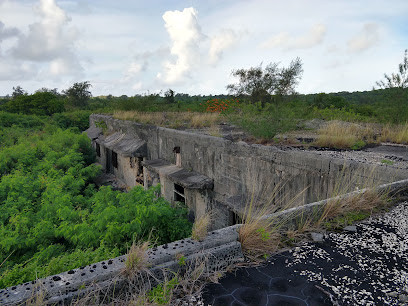
Tinian Grotto
Discover the breathtaking landscapes of Tinian Grotto, a premier hiking area in the Northern Mariana Islands, perfect for nature lovers and adventurers.
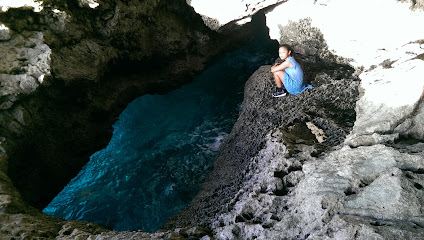
SeaBee Memorial
Explore the SeaBee Memorial in Tinian, a serene tribute to U.S. Navy Seabees, honoring their sacrifices during World War II and inviting reflection.
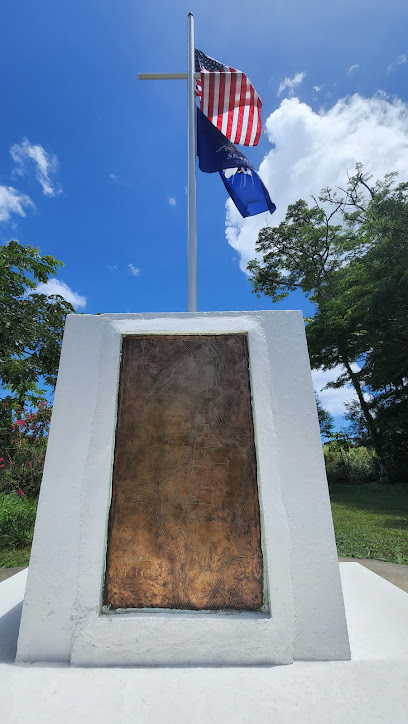
Living Quarters Ruins
Explore the captivating Living Quarters Ruins on Tinian Island, a historical museum revealing the rich heritage of the Northern Mariana Islands.
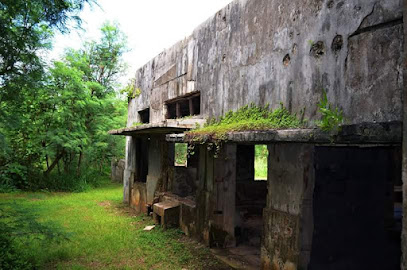
Essential places to dine
Surf Club Saipan Restaurant
Discover the flavors of Saipan at Surf Club Restaurant—where fresh seafood meets stunning ocean views.
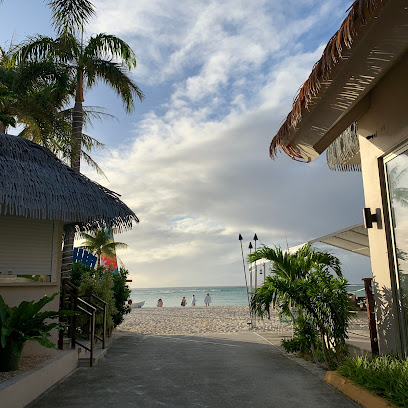
The Shack, Saipan
Experience delightful breakfasts and lunches at The Shack in Saipan – where flavor meets breathtaking coastal views.
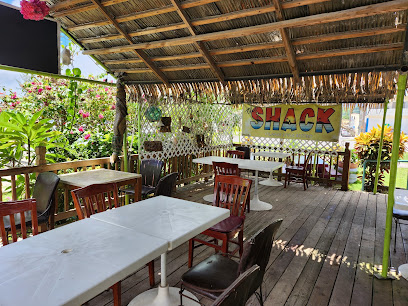
J's Restaurant
Discover authentic flavors at J's Restaurant in Capitol Hill, Saipan – where local cuisine meets friendly service in an inviting atmosphere.

Loco Taco
Experience authentic Mexican flavors at Loco Taco in Saipan's Garapan - where delicious meets casual dining.

Himawari Restaurant
Discover exquisite local flavors blended with authentic Japanese cuisine at Himawari Restaurant in Garapan, Saipan.
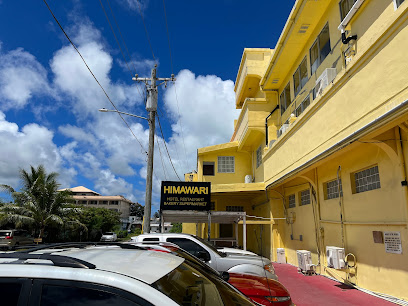
Oleai Beach Bar & Grill
Experience delicious grilled cuisine with stunning ocean views at Oleai Beach Bar & Grill in Saipan's tropical paradise.
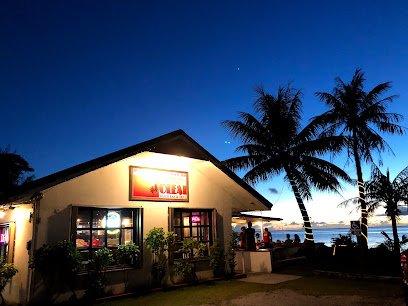
Great Harvest Bread Co.
Experience Saipan's culinary delights at Great Harvest Bread Co., where fresh bread meets island-inspired flavors.
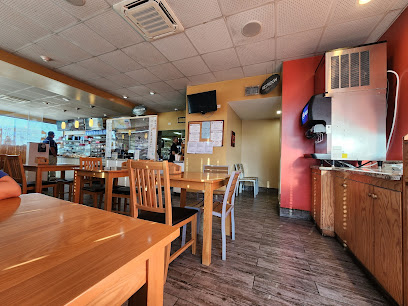
The Angry Penne
Discover authentic Italian flavors at The Angry Penne in Saipan - where every dish tells a story of culinary tradition.
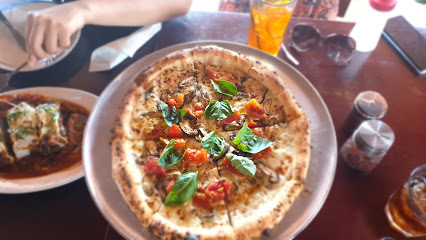
Pizza Hut
Experience delicious pizza delights at Pizza Hut in Capitol Hill - perfect for families and friends seeking comfort food during their travels.
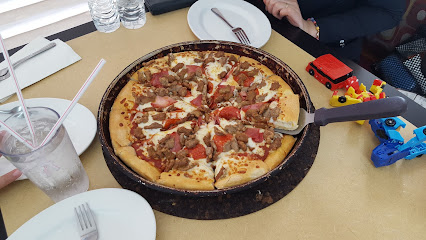
The Magellan
Discover delightful local cuisine at The Magellan, where every dish tells a story of Saipan's rich culinary heritage.
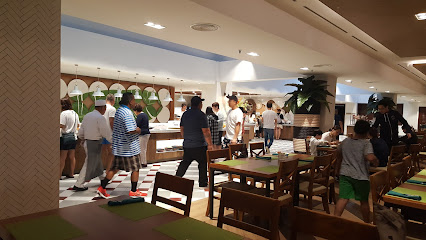
West Coast Restaurant
Experience family-friendly dining at West Coast Restaurant in Saipan - where delicious local flavors meet welcoming hospitality.
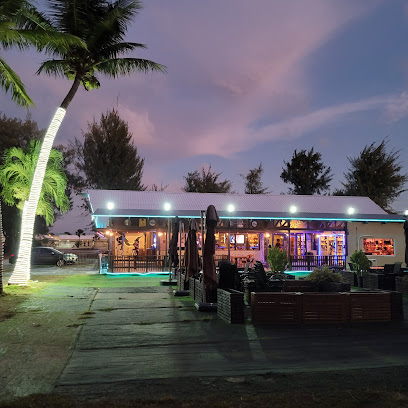
Country House Restaurant
Experience authentic flavors at Saipan's Country House Restaurant - where local cuisine meets international delight in a cozy atmosphere.
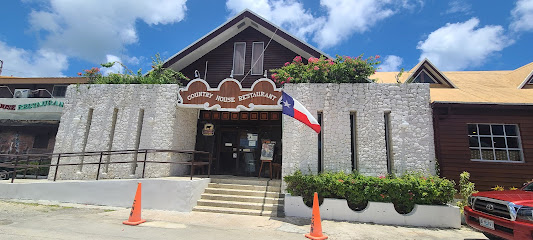
Mariana Lighthouse Saipan USA / 마리아나 라이트하우스 사이판
Experience breathtaking views and delicious cuisine at Mariana Lighthouse in Saipan – where history meets culinary delight.

MORAE Kitchen and Bar
Discover a culinary oasis at MORAE Kitchen and Bar in Saipan – where local ingredients meet international flavors in a stunning beachside setting.

Caravan of Food
Discover delicious local and international cuisine at Caravan of Food in Garapan, Saipan - where flavor meets affordability.
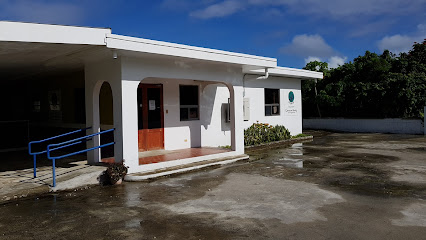
Markets, malls and hidden boutiques
U Save Supermarket
Discover local flavors at U Save Supermarket, Tinian's essential stop for groceries and unique island delicacies.
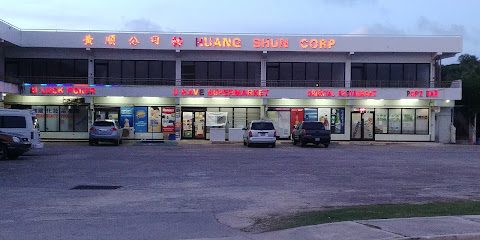
JJ Mart
Explore local flavors and everyday essentials at JJ Mart, the premier grocery store in San Jose, Tinian.

3K's Market / Ice&Water / Hardware
Explore the vibrant 3K's Market in Tinian, a supermarket offering groceries, hardware, and ice supplies for all your travel needs.

Long Feng
Explore the best local flavors and essentials at Long Feng, Tinian's premier supermarket, conveniently located for all your shopping needs.
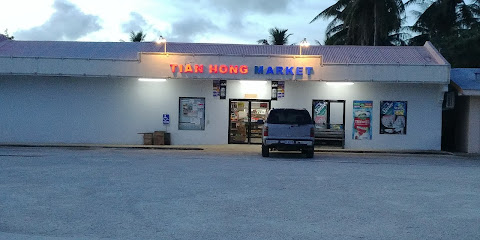
Lucky QUIANG
Explore local goods and frozen treats at Lucky QUIANG, Tinian's charming store for unique finds and unbeatable prices.
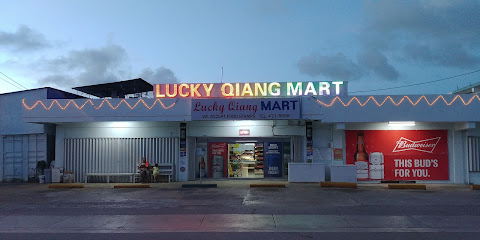
Joeten Ace Hardware Tinian Branch
Experience local charm at Joeten Ace Hardware, Tinian's hub for tools, supplies, and unique island crafts amidst stunning scenery.
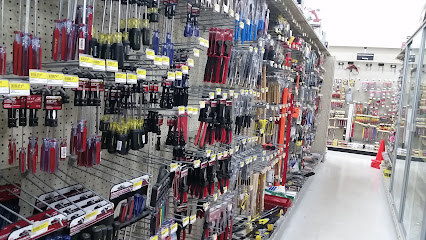
Moonlight
Explore Moonlight in Saipan - a charming clothing store offering a unique blend of trendy fashion and local style amidst stunning beach scenery.
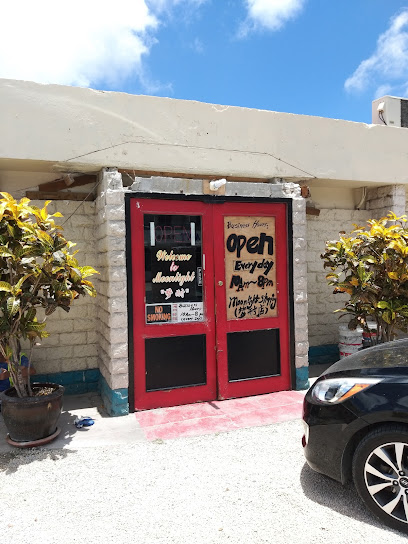
K-Town Coffee
Discover Tinian's hidden gem, K-Town Coffee, where every cup is crafted to perfection in a cozy, artistic setting.

Island Store
Discover the Island Store in Tinian for all your convenience needs, from snacks to hardware and tech repairs.
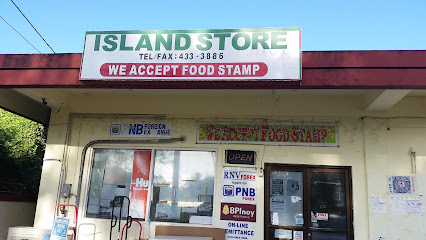
Hai Home
Explore Hai Home Gift Shop for unique souvenirs and local crafts in Saipan, Northern Mariana Islands, embodying the spirit of island culture.

Islander Mini Mart
Islander Mini Mart in Saipan offers a variety of snacks, beverages, and local products, making it your go-to convenience store in the Northern Mariana Islands.
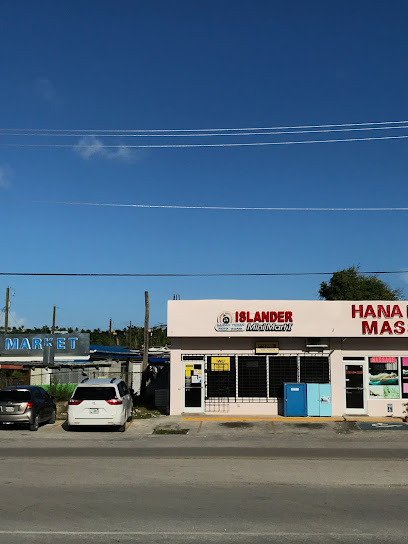
Monika's Treasures
Explore Monika's Treasures in Saipan for unique gifts and local crafts that embody the essence of the Northern Mariana Islands.
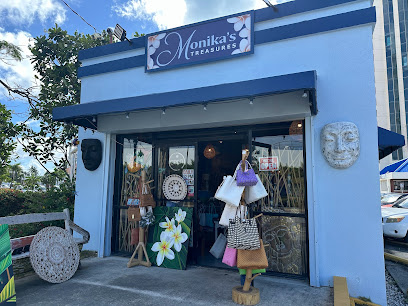
Pena House Boutique and Salon
Explore fashion and self-care at Pena House Boutique and Salon in Saipan - a perfect blend of unique clothing and luxurious salon services.
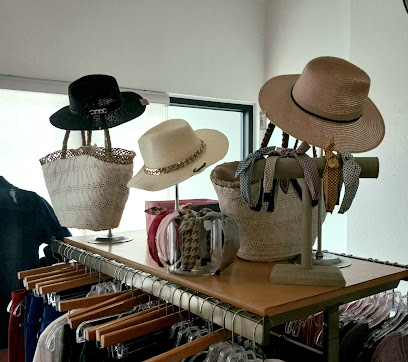
Sweet Fix
Discover Sweet Fix, the ultimate ice cream shop in Tinian, offering a delectable variety of handcrafted flavors that delight and refresh every visitor.
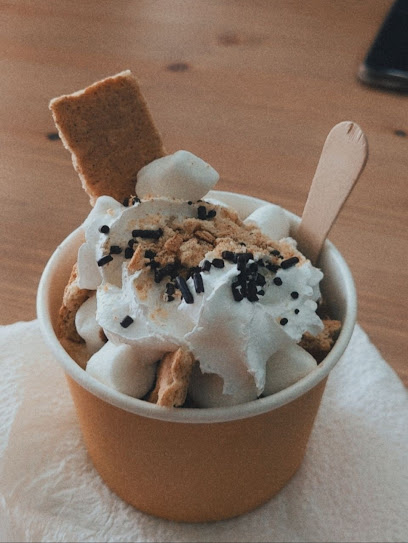
Lorilynns Michael Store
Explore Tinian's best hardware store, Lorilynn's Michael Store, offering everything from kitchen appliances to air conditioning and expert advice.
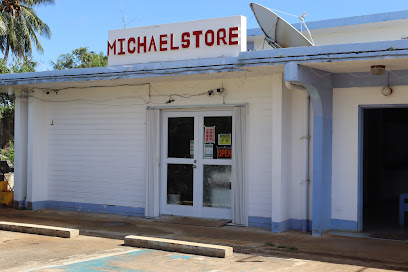
Essential bars & hidden hideouts
Godfather's Bar
Experience the vibrant nightlife and friendly atmosphere at Godfather's Bar, a top destination for tourists in Saipan.
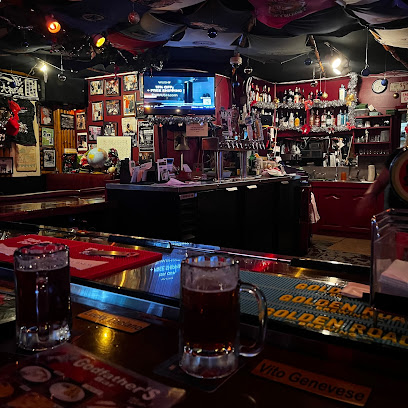
Oleai Beach Bar & Grill
Savor delicious grilled dishes and refreshing cocktails at Oleai Beach Bar & Grill, where tropical vibes meet breathtaking ocean views.
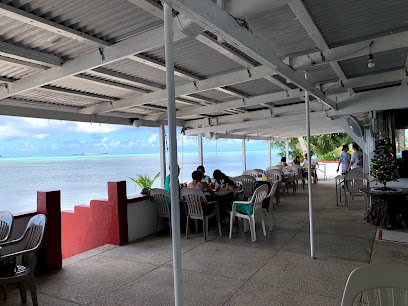
J.C. Cafe
Discover Tinian's culinary treasure at J.C. Cafe, where delicious food meets a cozy atmosphere in the heart of the Northern Mariana Islands.
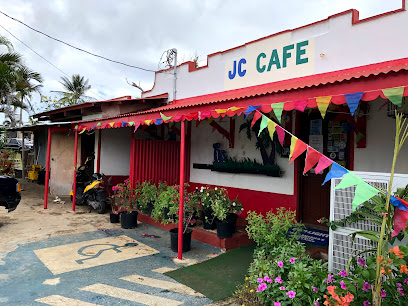
True North Bar And Grill
Discover the culinary delights of Saipan at True North Bar And Grill, where local flavors meet a tropical ambiance.
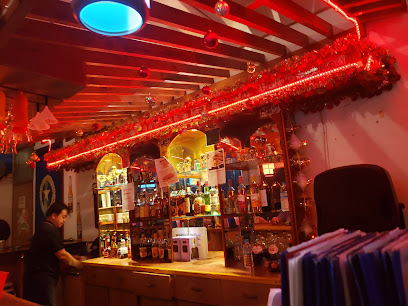
Bar-K Diner & Dine-In
Discover the taste of Tinian at Bar-K Diner & Dine-In, where Western cuisine meets local charm in a warm, inviting atmosphere.
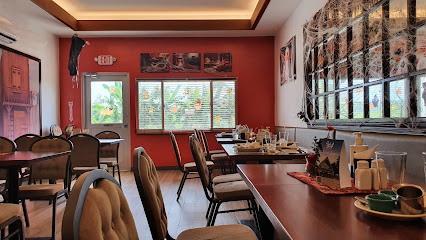
Queens Bar & Barbeque
Experience the vibrant flavors of Tinian at Queens Bar & Barbeque, a grill that delights in every bite.
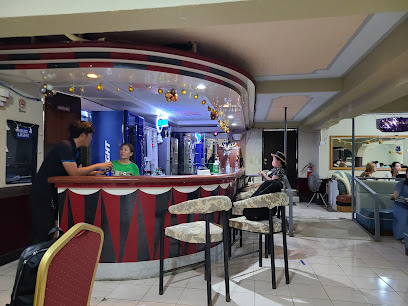
Safehouse Bar
Discover Saipan's vibrant nightlife at Safehouse Bar, where excellent drinks and a welcoming atmosphere await every traveler.
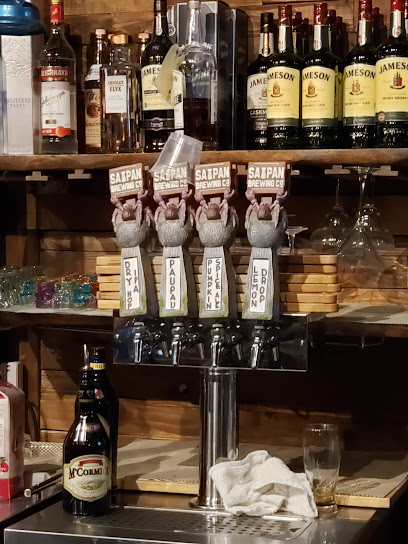
Cyber pizza
Discover Cyber Pizza in Tinian for a delectable pizza experience amid the stunning beauty of Northern Mariana Islands.
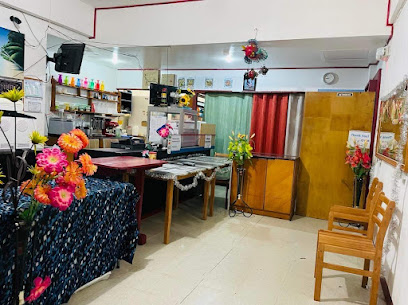
Joe's Bar and Steak House
Experience the best of Saipan's nightlife and culinary delights at Joe's Bar and Steak House, where delicious steaks and karaoke fun await.
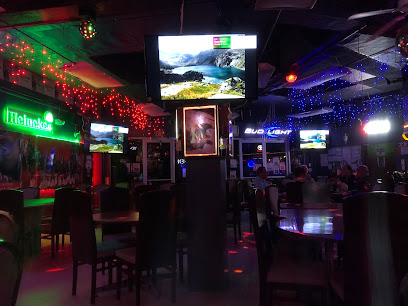
Khans Pizza
Experience the authentic taste of pizza at Khans Pizza in Tinian, where every slice is crafted with passion and flavor.
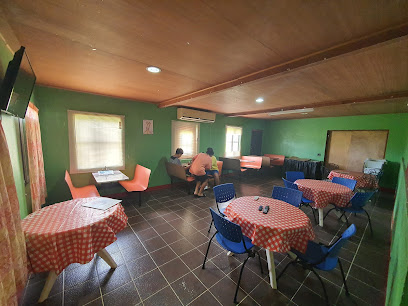
Last Shot Bar
Experience the vibrant atmosphere of Last Shot Bar in Saipan, where refreshing cocktails meet breathtaking views and unforgettable memories.
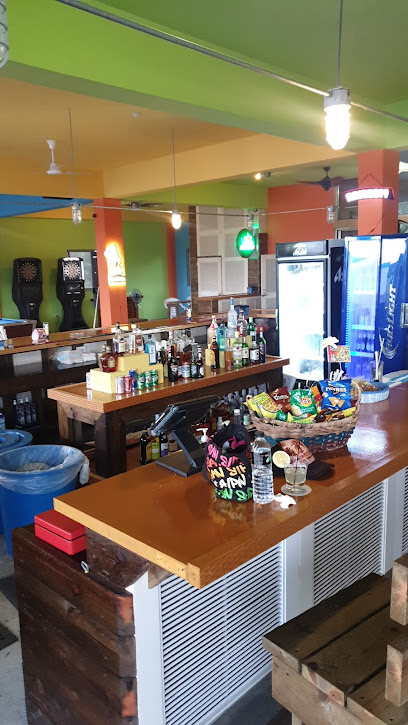
Lucky Bistro
Savor the flavors of America at Lucky Bistro, Tinian's top spot for delicious food and vibrant nightlife.
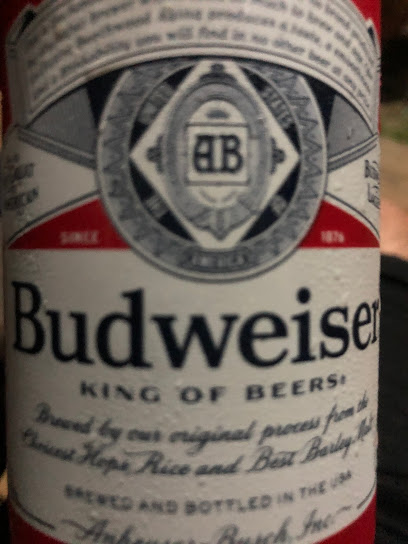
Oriental Restaurant
Experience the vibrant flavors of Asian cuisine at Oriental Restaurant, a must-visit dining spot in Tinian, Northern Mariana Islands.
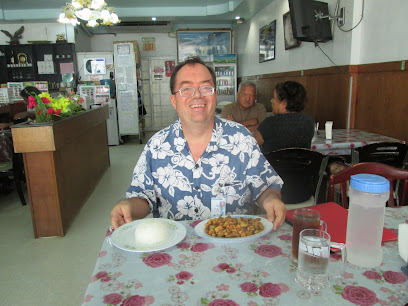
9/Eleven RestoBar
Discover the perfect blend of culinary delights and vibrant nightlife at 9/Eleven RestoBar in Saipan's stunning Northern Mariana Islands.
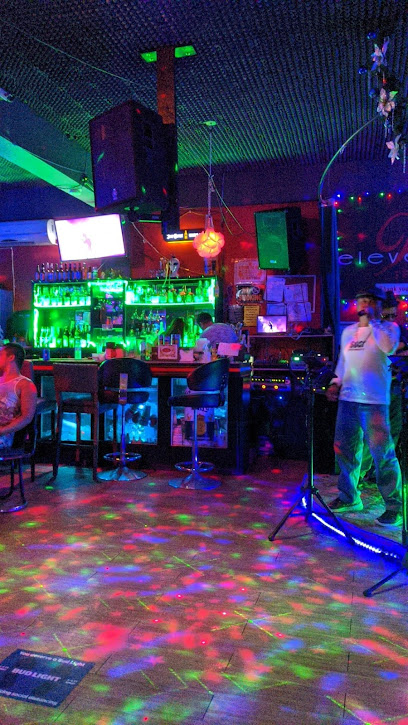
TAMBAYAN-RESTO BAR & GRILL
Discover the vibrant flavors of Saipan at Tambayan Resto Bar & Grill, a perfect blend of local cuisine and a lively atmosphere.
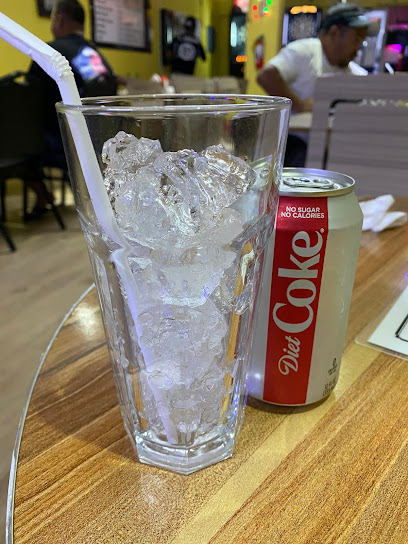
Local Phrases about Tinian Island
-
- HelloHåfa Adai
[HAH-fah ah-DIE] - GoodbyeAdios
[ah-DEE-ose] - YesHåo
[HOW] - NoTi
[TEE] - Please/You're welcomeUn tungo' yan må'åse'
[oon TOONG-oh yan mah-AH-seh] - Thank youSi Yu'os Ma'åse
[see YOO-ohs mah-AH-seh] - Excuse me/SorryKaluahine
[kah-loo-ah-HEE-neh] - How are you?Ke na'saina hao?
[keh nah-SIGH-nah how] - Fine. And you?Mannginge'. Ya bai hu hao?
[mahn-NEEN-geh. YAH by hu how] - Do you speak English?Lalai hao i english?
[lah-LYE how ee ENG-lish] - I don't understandTi hu tungo'
[TEE hoo TOONG-oh]
- HelloHåfa Adai
-
- I'd like to see the menu, pleaseHåguai hao para u tinitiklo, må'åse'
[HAH-gwai how PAH-rah oo TEE-nee-tee-kloh, mah-AH-seh] - I don't eat meatTi hu manngige' karne
[TEE hoo mahn-NEEN-geh KAR-neh] - Cheers!Biba!
[BEE-bah] - I would like to pay, pleaseHåguai hao para u fan hånao, må'åse'
[HAH-gwai how PAH-rah oo fahn HAH-now, mah-AH-seh]
- I'd like to see the menu, pleaseHåguai hao para u tinitiklo, må'åse'
-
- Help!Ayuda!
[ah-YOO-dah] - Go away!Lålo'!
[LAH-low] - Call the Police!Magkåntakåntak i polisia!
[mahng-KAN-tah-KAN-tah ee poh-lee-SEE-yah] - Call a doctor!Magkåntakåntak i doktora!
[mahng-KAN-tah-KAN-tah ee dohk-TOH-rah] - I'm lostMahåyi hao
[mah-HAH-yee how] - I'm illMahålang hao
[mah-HAH-lahng how]
- Help!Ayuda!
-
- I'd like to buy...Håguai hao para bumira...
[HAH-gwai how PAH-rah boo-MEE-rah] - I'm just lookingHåguai hao para lokkue'
[HAH-gwai how PAH-rah LOH-kweh] - How much is it?Kånto i prisio?
[KAN-toh ee PREE-see-oh] - That's too expensiveMåsångan i prisio
[mah-SANG-gahn ee PREE-see-oh] - Can you lower the price?Mågof i prisio?
[mah-GOHF ee PREE-see-oh]
- I'd like to buy...Håguai hao para bumira...
-
- What time is it?Kånto ginnen i tiempo?
[KAN-toh GEE-nehn ee tee-EM-poh] - It's one o'clockSiha i tungo' gi unu
[SEE-hah ee TOONG-oh gee OO-noo] - Half past (10)Mitbong gi (10)
[meet-BOHNG gee (10)] - MorningManana
[mah-NAH-nah] - AfternoonAga'
[ah-GAH] - EveningPågåge'
[PAH-gah-geh] - YesterdayNanåsi
[nah-NAH-see] - TodayÑina
[NYEE-nah] - TomorrowBåba
[BAH-bah] - 1Maima
[MAH-ee-mah] - 2Gualu
[GWAH-loo] - 3Tulu
[TOO-loo] - 4Fatfat
[FAHT-faht] - 5Lima
[LEE-mah] - 6Gunum
[GOO-noom] - 7Fitu
[FEE-too] - 8Guålu
[GWAH-loo] - 9Sigua
[SEE-gwah] - 10Månot
[mah-NOTE]
- What time is it?Kånto ginnen i tiempo?
-
- Where's a/the...?Ayu na i...
[ah-YOO nah ee] - What's the address?Kånto i direksion?
[KAN-toh ee dee-rek-SYOHN] - Can you show me (on the map)?Mågof hao para mustra i karta?
[mah-GOHF how PAH-rah MOOS-trah ee KAR-tah] - When's the next (bus)?Kånto siha i siguiente (bus)?
[KAN-toh SEE-hah ee see-GEE-en-tee (boos)] - A ticket (to ....)Un bilite (para i ....)
[oon bee-LEE-teh (PAH-rah ee)]
- Where's a/the...?Ayu na i...
History of Tinian Island
-
Before European explorers arrived, Tinian Island was inhabited by the indigenous Chamorro people. Archaeological evidence suggests that the Chamorro have lived on the island for thousands of years, developing a complex society with unique traditions, social structures, and impressive stone structures known as latte stones. These stones served as foundations for their homes and are a testament to their engineering skills.
-
In the 16th century, Tinian Island came under Spanish control after Ferdinand Magellan's expedition. The island became part of the Spanish East Indies. During this period, the Chamorro people were significantly impacted by the introduction of Christianity, European diseases, and forced labor. Spanish colonial influence is still evident in the island's language, religion, and cultural practices.
-
After the Spanish-American War in 1898, Spain ceded the Northern Mariana Islands, including Tinian, to Germany. The German period was relatively short-lived, lasting until the end of World War I. During this time, the Germans focused on the development of copra (dried coconut meat) production, which became an important economic activity on the island.
-
Following World War I, the League of Nations granted Japan a mandate over the Northern Mariana Islands. Under Japanese rule, Tinian was transformed into a significant sugarcane plantation, and the island's infrastructure was developed extensively. Thousands of Japanese settlers moved to Tinian, and the island's population grew rapidly. The Japanese influence is still visible in some of the island’s architecture and cultural remnants.
-
Tinian played a crucial role in World War II, particularly during the Pacific Theater. In July 1944, the United States launched an amphibious assault on the island, known as the Battle of Tinian. After a week of intense fighting, American forces captured the island from the Japanese. Tinian's strategic location made it an ideal base for launching air raids on Japan, including the missions that dropped atomic bombs on Hiroshima and Nagasaki.
-
After World War II, Tinian became part of the Trust Territory of the Pacific Islands, administered by the United States. In 1975, the Northern Mariana Islands, including Tinian, entered into a political union with the United States, becoming a Commonwealth. Today, Tinian is known for its historical sites, beautiful beaches, and vibrant Chamorro culture. The legacy of its multifaceted history continues to shape the island’s identity and appeal to visitors from around the world.
Tinian Island Essentials
-
Tinian Island is part of the Northern Mariana Islands and is accessible via air travel. The nearest major airport is Saipan International Airport (SPN) on the neighboring island of Saipan. From Saipan, you can take a short 10-15 minute flight to Tinian International Airport (TIQ) via regional airlines such as Star Marianas Air. Alternatively, charter boat services are available for a scenic trip from Saipan to Tinian.
-
Tinian is a small island, and many attractions are within reasonable walking or biking distance. Car rentals are available for those who prefer more convenience and flexibility in exploring the island. Taxis are another option but might be less reliable due to limited availability. For a unique experience, consider renting a scooter or bicycle to navigate the island at your own pace.
-
The official currency on Tinian Island is the United States Dollar (USD). Credit cards are accepted in most hotels, restaurants, and larger stores, but it is advisable to carry cash for smaller establishments and local markets. ATMs are available on the island, but they may occasionally be out of service, so it's wise to withdraw sufficient cash beforehand.
-
Tinian Island is generally a safe destination for tourists. Standard travel precautions should be taken, such as not leaving valuables unattended and avoiding poorly lit areas at night. There are no specific high-crime areas targeting tourists, but staying vigilant and aware of your surroundings is always recommended.
-
In case of emergency, dial 911 for immediate assistance. The Tinian Health Center provides medical services, and there is a local police station for law enforcement assistance. It is recommended to have travel insurance that covers medical emergencies. For minor health issues, pharmacies are available where you can purchase over-the-counter medications.
-
Fashion: Do dress comfortably and modestly, especially when visiting local communities. Avoid wearing overly revealing clothing. Religion: Do respect local customs and traditions. While Tinian is not particularly religiously conservative, it's polite to dress modestly in places of worship. Public Transport: Do be patient and courteous when using local transportation options. Don't expect public transport to be as frequent or punctual as in larger cities. Greetings: Do greet people with a smile and a friendly 'hello.' A handshake is also acceptable. Eating & Drinking: Do try local Chamorro and Carolinian dishes and accept food offerings graciously. Don't refuse hospitality, as it is considered impolite.
-
To experience Tinian Island like a local, visit the local markets where you can buy fresh produce and traditional goods. Engage with locals, as they are often friendly and willing to share stories about the island's history and culture. Don't miss visiting the historic sites such as the House of Taga and the North Field, which played significant roles during World War II. For a unique experience, participate in local festivals and cultural events, which offer a glimpse into the island's vibrant traditions and community life.
Nearby Cities to Tinian Island
-
Things To Do in Saipan
-
Things To Do in Kagman
-
Things To Do in Garapan
-
Things To Do in Capital Hill
-
Things To Do in San Roque
-
Things To Do in Yigo
-
Things To Do in Dededo
-
Things To Do in Tamuning
-
Things To Do in Tumon
-
Things To Do in Mangilao
-
Things To Do in Hagåtña
-
Things To Do in Sinajana
-
Things To Do in Agana Heights
-
Things To Do in Santa Rita
-
Things To Do in Agat

